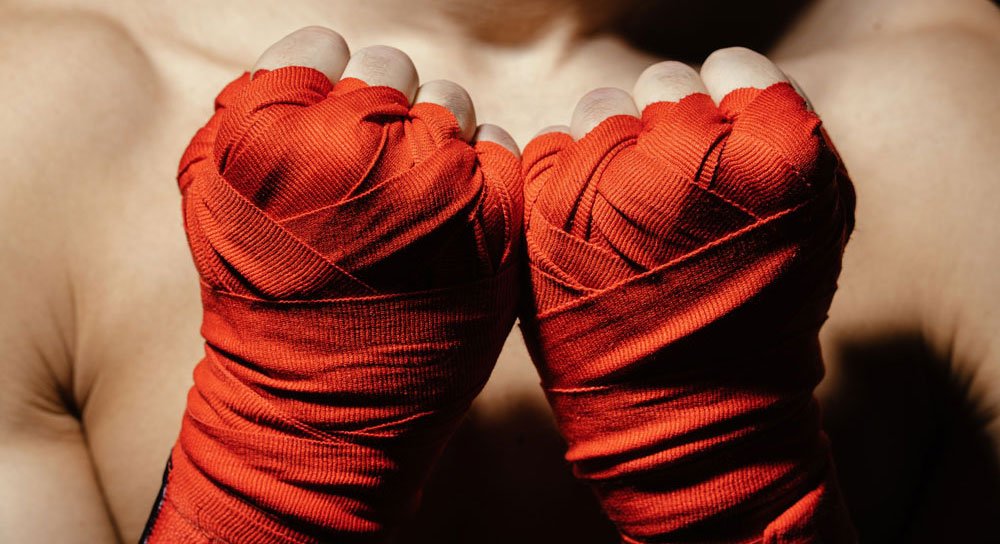Boxing is a sport that demands not only strength and agility but also meticulous attention to safety. One of the fundamental aspects of ensuring safety in boxing is the proper use of boxer wraps. These wraps are crucial for protecting your hands and wrists during training and fights. In this blog post, we will explore how to properly use boxer wraps for maximum protection, breaking down the process into clear, manageable steps. We’ll also highlight some tips and considerations to ensure you’re getting the best out of your wraps.
Introduction to Boxer Wraps
Boxer wraps, also known as hand wraps, are essential for any boxer, whether you’re a beginner or a seasoned professional. They provide support and protection to the bones and tendons in your hands and wrists, reducing the risk of injury. Properly wrapping your hands can also enhance your punching power by securing the wrist and providing a solid foundation for your fists.
Choosing the Right Boxer Wraps
Before diving into the wrapping process, it’s important to choose the right boxer wraps. There are different types of wraps available, ranging from traditional cloth wraps to gel-infused wraps. Brands like Wyox Sports offer high-quality boxer wraps that cater to various needs. When selecting wraps, consider the length and material. Longer wraps are ideal for those who prefer extra support, while the material should be durable yet comfortable against your skin.
Step-by-Step Guide to Wrapping Your Hands
Step 1: Preparation
Start with clean, dry hands. Unroll your boxer wraps completely to avoid any tangling during the wrapping process. Most wraps come with a thumb loop to anchor the wrap in place.
Step 2: Wrapping the Wrist
Place your thumb through the loop and begin wrapping around your wrist. This provides the foundation and initial support for your hand. Wrap around the wrist three to four times, ensuring that the wrap is snug but not too tight, as this could restrict blood flow.
Step 3: Wrapping the Hand
After securing the wrist, move the wrap diagonally across the back of your hand to the base of your thumb. Continue wrapping across the palm, covering the knuckles. Wrap around the knuckles three to four times for adequate protection.
Step 4: Securing the Thumb
Next, wrap around the thumb. This step is crucial as it prevents thumb injuries. Loop the wrap around the thumb once and then cross back to the wrist for added security.
Step 5: Reinforcing the Knuckles
Return to the knuckles for additional padding. This is especially important if you have a history of hand injuries or if you’re hitting the heavy bag. Extra padding here can make a significant difference.
Step 6: Finishing Up
Finally, wrap the remaining length around your wrist and secure it with the Velcro closure. Ensure the wrap is tight enough to stay in place but comfortable enough to allow movement.
Common Mistakes to Avoid
Even with the best boxer wraps, incorrect wrapping can lead to discomfort or injury. Here are some common mistakes to avoid:
- Wrapping Too Tight: This can restrict blood flow and cause numbness.
- Inconsistent Wrapping: Uneven pressure can lead to ineffective protection.
- Neglecting the Thumb: Failing to secure the thumb can result in injuries.
Maintenance and Care for Boxer Wraps
To maintain the effectiveness and hygiene of your boxer wraps, it’s important to care for them properly. Wash them regularly to remove sweat and bacteria. Most wraps, including those from Wyox Sports, are machine washable. Make sure to air dry them to maintain their elasticity and integrity.
Conclusion
Properly using boxer wraps is a skill that every boxer should master. By following the steps outlined above, you can ensure maximum protection for your hands and wrists, allowing you to train and fight with confidence. Brands like Wyox Sports offer reliable and durable wraps that cater to the needs of all boxers, ensuring that you have the best support possible.
We hope this guide has been helpful in teaching you how to properly use boxer wraps. If you have any questions or additional tips, feel free to leave a comment below. Your feedback and experiences can help others in their boxing journey!





